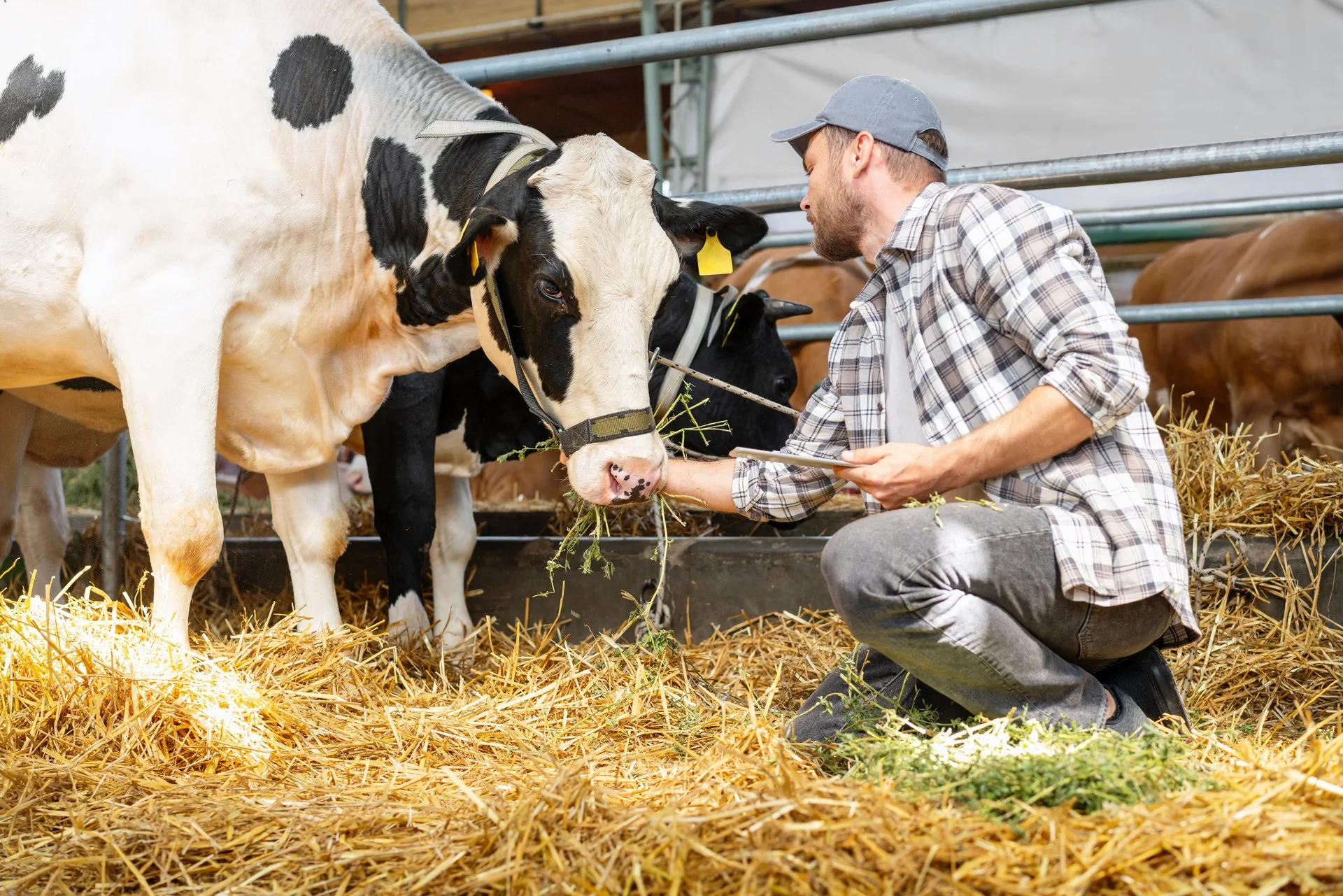
H5N1 Avian Influenza
Stay alert. Stay protected. Stay healthy.
H5N1 is a subtype of bird flu found in wild birds and domestic poultry across the U.S. and around the world. It spreads easily among birds. However, in rare cases, it can infect people who have unprotected contact with infected animals or environments. H5N1 infections in humans can cause severe respiratory illness, so awareness and prevention are critical. During this current H5N1 poultry outbreak, the majority of human cases reported in the U.S. have had a mild illness with conjunctivitis and/or upper respiratory symptoms.
Who is at risk?
You may be at a higher exposure risk for H5N1 if you:
Work with/around poultry, wild birds, or dairy cows
Handle sick or dead animals, particularly birds
Are a veterinarian, farm worker, or backyard bird owner
How does it spread?
H5N1 is spread through the saliva, mucus, and feces of infected birds. Infection occurs in a few ways:
Direct contact between animals and infected birds
Contaminated environments or animal by-products
Droplets and dust particles traveling through the air
Prolonged close exposure with an infected person (rare)
During this current H5N1 poultry outbreak, there is no known person-to-person spread at this time.
The virus is generally spread to humans when a person touches their eyes, nose, or mouth after contact with an infected animal, surface, or material. H5N1 has been found in a variety of birds, including ducks, geese, swans, gulls, terns, shorebirds, sparrows, pigeons, crows, and more.
What are the symptoms?
Most human cases of H5N1 have been mild. However, the severity of bird flu can be more severe, even leading to death. Symptoms generally last from a few days to two weeks, although some individuals may be sick for several weeks.
Mild Symptoms
Red eyes and irritation (predominant symptom in U.S. cases)
Mild fever
Cough and sore throat
Runny nose
Body aches and fatigue
Headaches
Diarrhea, nausea, and vomiting (less common)
Severe Symptoms
High fever
Shortness of breath and difficulty breathing
Altered consciousness
Seizures
Potential Complications
Pneumonia
Respiratory and kidney failure
Acute respiratory distress syndrome
Acute kidney injury
Sepsis and septic shock
Inflammation of the brain
Protection and Prevention
The best way to protect yourself from H5N1 is to avoid sources of infection. When possible, avoid direct contact with sick or dead animals, as well as surfaces that may be contaminated by saliva, mucus, or feces of birds or cows. Those who have close contact with animals, such as farm workers or backyard bird owners, should wear personal protective equipment (PPE). Another way to protect yourself is washing your hands, especially after handling animals. Even if you wear PPE, handwashing helps to reduce the spread of all diseases including H5N1.
If you develop symptoms after an interaction with a bird or believe you may be infected, isolate at home and contact your healthcare provider.



